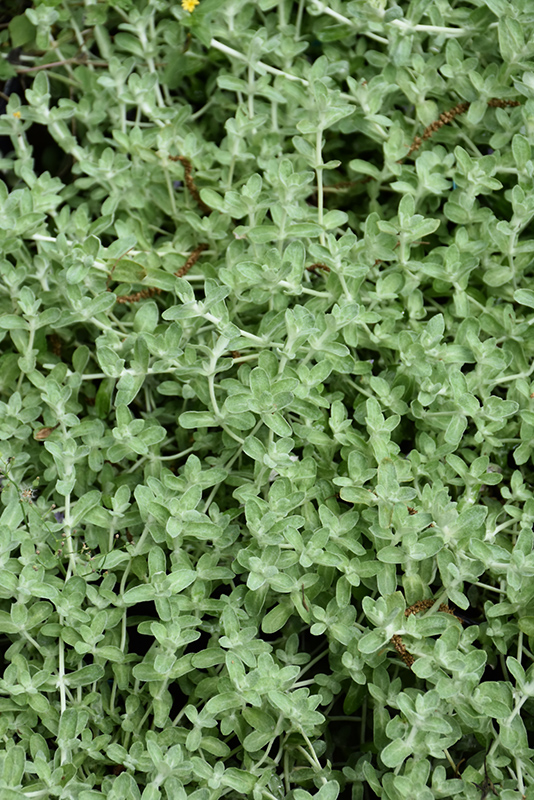Woolly Stemodia
Description
An attractive, creeping groundcover, featuring silvery gray-green leaves with a bluish cast; tiny violet to lavender blooms begin in spring; grows well in thin, well drained soil; tolerates drought and reflected heat well; great for cascading over walls
Landscape Attributes
Woolly Stemodia is a dense herbaceous evergreen perennial with a ground-hugging habit of growth. It brings an extremely fine and delicate texture to the garden composition and should be used to full effect.
Woolly Stemodia is recommended for the following landscape applications;
Planting & Growing
Woolly Stemodia will grow to be only 6 inches tall at maturity, with a spread of 3 feet. Its foliage tends to remain low and dense right to the ground. It grows at a medium rate, and under ideal conditions can be expected to live for approximately 10 years. As an evegreen perennial, this plant will typically keep its form and foliage year-round.
This plant does best in full sun to partial shade. It prefers dry to average moisture levels with very well-drained soil, and will often die in standing water. It is considered to be drought-tolerant, and thus makes an ideal choice for a low-water garden or xeriscape application. It is not particular as to soil pH, but grows best in sandy soils, and is able to handle environmental salt. It is highly tolerant of urban pollution and will even thrive in inner city environments. This species is native to parts of North America, and parts of it are known to be toxic to humans and animals, so care should be exercised in planting it around children and pets. It can be propagated by division.
Woolly Stemodia is a fine choice for the garden, but it is also a good selection for planting in outdoor containers and hanging baskets. Because of its spreading habit of growth, it is ideally suited for use as a 'spiller' in the 'spiller-thriller-filler' container combination; plant it near the edges where it can spill gracefully over the pot. Note that when growing plants in outdoor containers and baskets, they may require more frequent waterings than they would in the yard or garden. Be aware that in our climate, this plant may be too tender to survive the winter if left outdoors in a container. Contact our experts for more information on how to protect it over the winter months.

